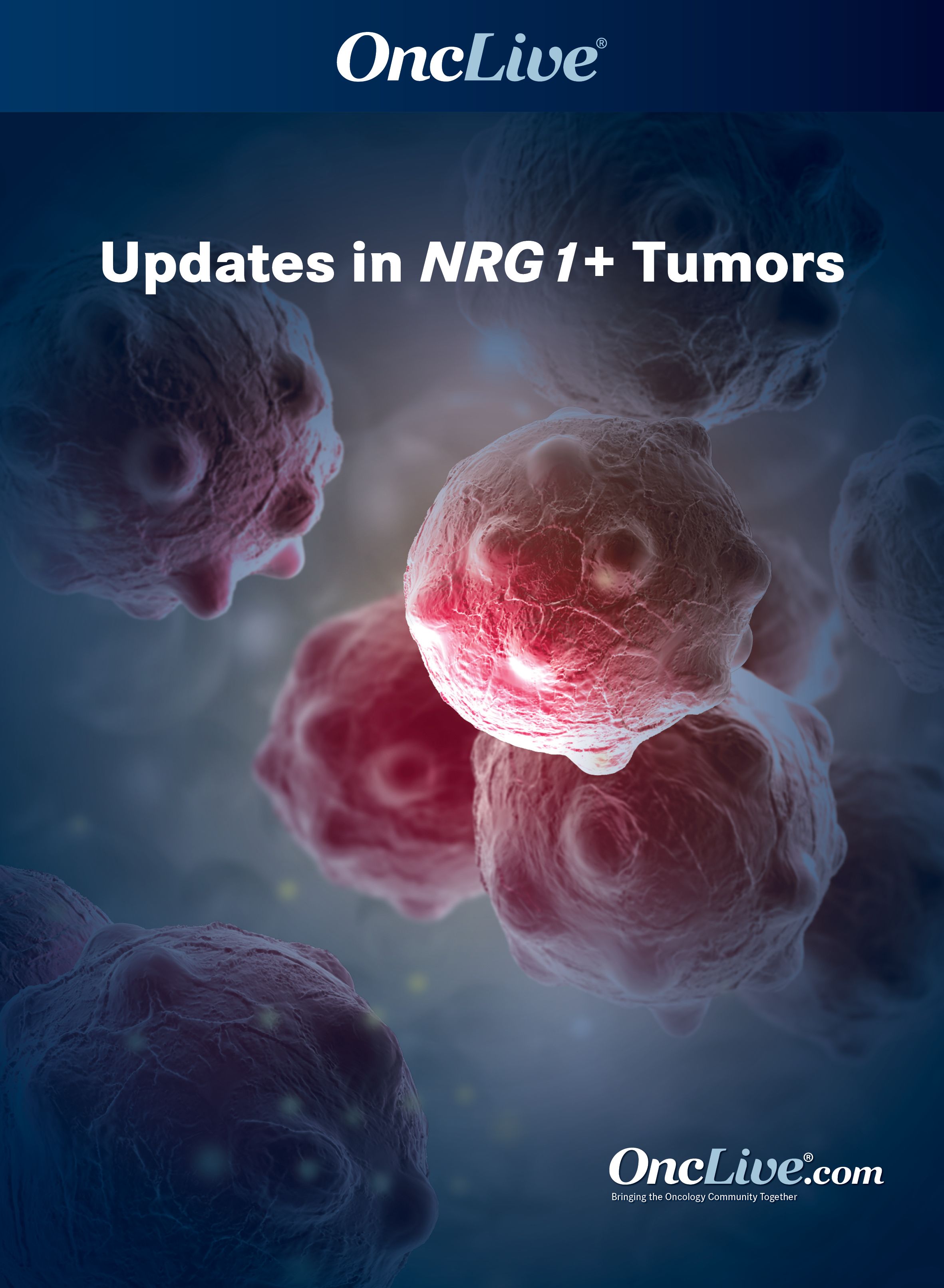Dr. Carrizosa on the Prevalence of NRG1 Gene Fusions in Solid Tumors
Daniel Carrizosa, MD, MS, discusses the prevalence of NRG1 gene fusions in solid tumors.
Daniel Carrizosa, MD, MS, oncologist, Head and Neck Cancer Lung Cancer, Hematology and Medical Oncology (Cancer), Atrium Health Levine Cancer Institute (Thoracic-Pulmonary), discusses the prevalence of NRG1 gene fusions in solid tumors.
NRG1 is the primary ligand for the HER3 receptor. When NRG1 fuses with a partner gene, the fusion can bind and activate HER2 and HER3, leading to downstream signaling and causing tumorigenesis, Carrizosa explains.
Although these rare fusions occur in approximately 0.2% of all solid tumors, at least 10 different solid tumors have been found to harbor them, Carrizosa adds. The 2 most common solid tumors to harbor NRG1 fusions are KRAS wild-type pancreatic adenocarcinoma and non–small cell lung cancer, specifically mucinous adenocarcinoma, Carrizosa says.
A large global registry study primarily evaluated patients with lung cancer who harbored NRG1 fusions, and findings showed that these patients experienced poorer outcomes than those without these fusions, Carrizosa adds. Since these patients do not respond as well to chemotherapy and immunotherapy, there is a need to find a more targeted therapy for the subset of patients whose tumors harbor NRG1 fusions, Carrizosa concludes.




